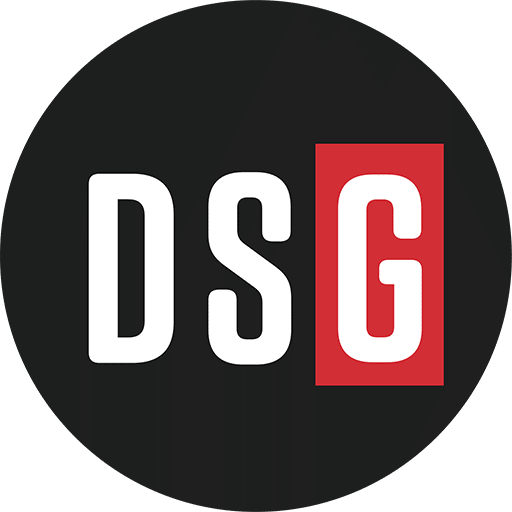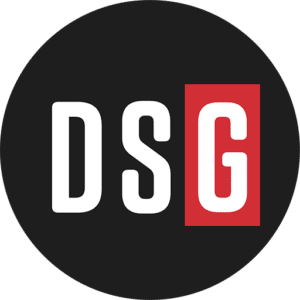Where are the hidden profits and, conversely, the hidden costs in a distribution company?
Instead of understanding these as opportunities for improvement, many distributors miss them or accept them as the cost of doing business. How can they uncover these — and take them to the bank?
Distribution Strategy Group’s Ian Heller and Brian Hopkins previewed our upcoming Profit & Productivity Summit for Distributors in a recent panel discussion. The panelists, who shared what many distributors are missing out on to boost their bottom lines, included:
- Helen Piña, White Cup
- Ron Paulson, ORS Group
- Alex Witcpalek, Continuum
Join us for the Profit & Productivity Summit conference, Nov. 11-13 in Chicago. Learn more.
A distribution business is an “operationally intense business,” said Witcpalek. “Margins are thin, so if you can pick up an extra point or 2, it has major impacts and ripple effects. Or if you can save a point or 2 here or there, again, it has major impacts.
“If we can optimize current processes that we already have to do and drop that dollar straight to the bottom line, we can reinvest that for growth and profitable growth.”
Witcpalek believes most distribution companies focus on selling more when, in effect, they should be looking more closely at what truly drives profit. “Are we growing revenues profitably? Because those are two different things. At what cost are you growing revenue?”
Transforming Costs Into Opportunities
Manual workflows slow growth. “You see people with the same SKU listed 12 ways because people enter it differently,” said Paulson.
These inefficiencies add friction, making them miss what Piña calls “untapped revenue opportunities.” She said a lack of data visibility plus outdated processes cause distributors to miss opportunities that could fuel growth.
Inventory gaps are also a growth inhibitor. “The people on the front lines that spot-buy stock items will create new SKUs for them, which means you are not getting rebate and co-op credit for those SKUs and now have demand split among multiple SKUs,” said Heller. “You may have something selling 20 times a year, and you don’t stock it because it sells on different stock numbers.”
Another example of a hidden cost? Canceled back orders, according to Hopkins. “You get a whole bunch of back orders, they get filled, and suddenly half of them are canceled. Now you’re losing a ton of productivity in your warehouse because these guys put it all away, and now you’ve got excess inventory sitting in your building for no reason.”
Witcpalek pointed out that returns and warranties are a pure cost center, and most distributors have always handled them manually due to their perceived complexities. The challenge, he said, is to take those mundane pieces that exist inside of the returns process and “flip that as close to black as you can.”
The cost of a return is eight to 10 times higher than the cost of that order processing, he said. “We always say it takes a village to process a return because it takes so many departments within your organization.”
The Role Technology Can Play
The right technology can rescue distributors mired in manual processes – helping them to work better, faster and more efficiently.
Distribution is a proving ground for many emerging technologies because of the volume of product and customer data distributors have at their fingertips. It’s overwhelming though because the data lives in varying formats and tech silos. But, Heller pointed out, “There’s treasure in there.”
Artificial intelligence (AI) is a great equalizer, Paulson said. It helps distributors get a handle on what people want when cutting through the thousands of SKUs and hundreds of customers to spot patterns quickly.
“The human mind can’t think as fast as artificial intelligence. AI can detect patterns and say, ‘You have too much of this, too few of that.’ AI is going to help speed up decision-making. So, you know what you need to do, and you can get that sales rep what they need to do their job.”
Piña says technology can tackle even the most basic of questions that can slow down sales reps. “Even something as simple as knowing what conversations to have and who to have these conversations with. Understand who your most profitable customers are. Have a dashboard where that data is available. There are so many ways of automating things as well that really help improve productivity.”
Witcpalek agreed. “The cost of replacing a customer is six times higher than finding a new one. If you could just catch that churn earlier, there’s tons of profitability in that.”
Even changing how you talk about upselling with your counter sales teams can yield big rewards; instead of talking about upselling a customer, train counter sales teams on how to be more service-oriented.
Selling is incidental — teach counter reps a consultative mindset. “If you let a customer get away that should have ordered product X with product Y, and they go to the job site and don’t have it, it turns into a bad experience,” Hopkins said. “Turn the script around and say offering the upsell is about customer experience versus a pure sales approach.”
Witzpalek also recommended technology to identify opportunities on the flip side of the sale: returns. For example, distributors can leverage tech to answer: Why does this product continue to be returned? It could be product defects, pickers selecting the wrong item due to a SKU issue, or the location of the product in the warehouse.
“I think it’s the data on returns that shines the light on the downstream impacts of problems in your business.”
Where to Start
First, you need to know where to look. But this can be overwhelming for the average distributor due to the complexity of systems and workflows. Legacy technology also holds distributors back. Piña recommended an organizational review. “What is it that matters? What is it that you’re trying to accomplish? Then you build your systems to enable everyone who’s customer-facing.”
Hopkins suggested how distributors serve up data to operations and sales teams significantly impacts productivity. “Data is what drives a great experience. If you have bad information in front of you, the CSR or sales reps may ask a dumb question. But putting the right information in front of them is a great customer experience.”
Paulson agreed. “You’ve got to listen to the customer. I mean, no matter what, all this technology is really about relationships. It’s being able to understand how I can help you do your job, make it easier for you, give you the products and services. Don’t forget about that side of it.”
Witcpalek also believes we can overdo it with technology. “A real hindrance to profitability for a lot of distribution companies is saying, ‘We can automate 80% of what a CSR does. It might take some work, but what will I do with this person?’”
The real value of a CSR in distribution is their ability to say, “Hey, did you know you’re due to buy this?” The technology enables these conversations to back up the relationship building. He continued: “Get the humans out of the mundane. Focus them on what machines cannot do, and then enable them with the data, the tools and AI technology to have the right conversation and put them in a position to win.”


